Salt Lake City Water Quality at a Glance
14 contaminants exceed health guidelines
Is Salt Lake City Water Safe to Drink?
Generally Safe but Room for Improvement – Salt Lake City water meets all federal standards and comes primarily from pristine mountain streams (60%+ of supply). However, 14 contaminants exceed EWG health guidelines, including arsenic (109x over guidelines), chromium-6 (22x over), and PFAS detected in 2 wells at 7.1-7.8 ppt. The city’s mountain water sources provide excellent baseline quality, but summer groundwater use and treatment byproducts present concerns.
⚠️ Key Concerns for Salt Lake City Residents
- PFAS “Forever Chemicals”: Detected at 7.1-7.8 ppt in 4th Avenue and 500 South wells; one well offline, another taken out of service
- Arsenic: Naturally occurring but detected at 109x EWG health guidelines; linked to cancer risk
- Chromium-6: Cancer-causing chemical found at 22x EWG recommendations; made famous by Erin Brockovich case
- Treatment Byproducts: Trihalomethanes (33x over guidelines) and haloacetic acids (324x over) from chlorine disinfection process
Read the full report below for detailed analysis, city-specific data, and actionable recommendations for Salt Lake City residents.
Salt Lake City – Utah – Water Quality Report 2025: PFAS Testing, Infrastructure Concerns & Safety across your city
Salt Lake City’s Department of Public Utilities manages a comprehensive water system serving over 365,000 residents across Salt Lake City and portions of surrounding communities including Cottonwood Heights, Holladay, Millcreek, Murray, South Salt Lake, and Midvale. The water system encompasses over 1,300 miles of water mains and delivers approximately 30 billion gallons annually to the greater Salt Lake City metropolitan area.
Salt Lake City draws its drinking water primarily from mountain streams in the nearby Wasatch Mountains (over 60% of supply) including City Creek, Parleys Creek, Big Cottonwood Creek, and Little Cottonwood Creek, supplemented by groundwater sources during high-demand summer months. The system maintains exceptional source water quality through comprehensive watershed management programs. Salt Lake City’s water has historically been recognized for its exceptional mountain-source quality, though like many cities, it faces ongoing challenges with emerging contaminants such as PFAS and aging infrastructure. The city has implemented significant investments in watershed protection, pipeline replacement, water treatment upgrades, and conservation initiatives to maintain high water quality while ensuring future sustainability.
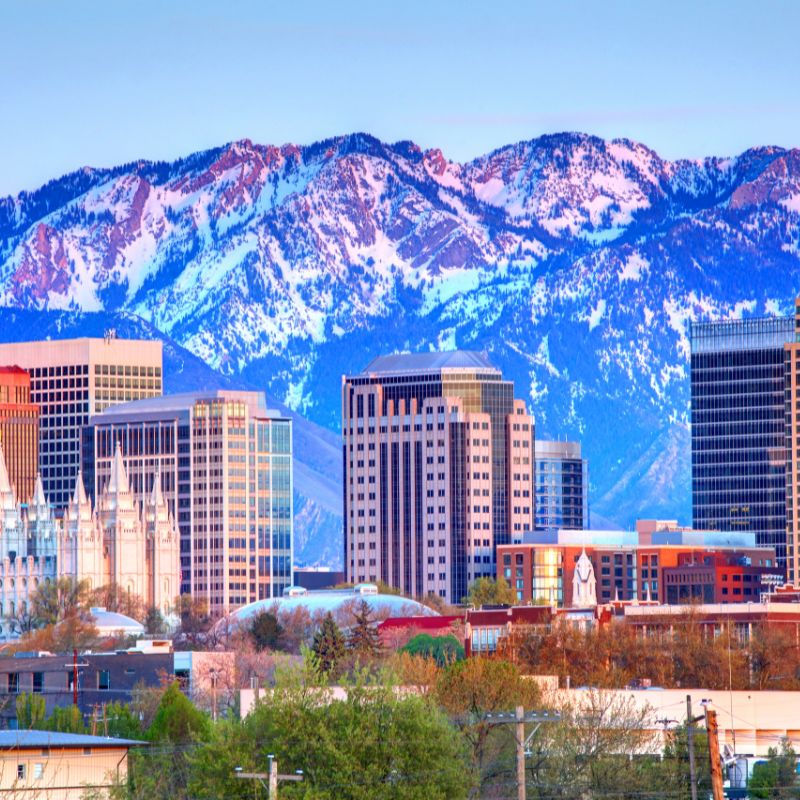
Salt Lake City Water Quality: Current Status (2024-2025)
Latest Testing Results
- Lead Levels: The most recent testing period (2021) showed 90th percentile lead levels of 3.79 parts per billion (ppb) before flushing and 1.00 ppb after flushing, well below the EPA action level of 15 ppb, reflecting the city’s effective corrosion control program.
- PFAS Detection: PFAS “forever chemicals” detected in two groundwater wells at 7.1-7.8 parts per trillion (ppt), with affected wells taken out of service or already offline.
- Compliance Status: Salt Lake City’s water meets or exceeds all federal and state drinking water standards, though 14 contaminants exceed Environmental Working Group health guidelines including arsenic and chromium-6.
Protected Watershed Sources
- Wasatch Mountain Sources: Primary source (over 60% of supply) includes Parleys, Big Cottonwood, Little Cottonwood, and City Creek canyons, all located in protected watersheds with strict recreational and development restrictions.
- Groundwater Sources: Secondary source (10-15% during summer peak demand) includes deep wells and natural springs that tap aquifers along the Wasatch Front, with some wells affected by PFAS contamination.
- Additional Sources: City also receives treated water from Metropolitan Water District of Salt Lake and Sandy and Jordan Valley Water Conservancy District to meet demand.
Advanced Treatment Technology
- Surface Water Treatment: Three surface water treatment plants utilize comprehensive processes including coagulation, flocculation, sedimentation, filtration, and disinfection with chlorine as the primary disinfectant.
- Fluoridation: Fluoride is added to meet Salt Lake County Health Department requirements at optimized levels for dental health.
- Natural Groundwater Quality: Groundwater requires minimal treatment due to natural filtration through subsurface geology, though is “harder” with more minerals than surface water sources.
Infrastructure Modernization
- Lead Service Line Program: SLCDPU approved for $39 million loan for lead service line inventory and replacement throughout the City service area’s drinking water system.
- City Creek Treatment Plant Upgrades: Major facility upgrades project funded by $36.7 million FEMA grant to maintain access to high-quality drinking water supply for the next 50+ years.
- System Monitoring: Comprehensive monitoring program with over 1,300 miles of pipeline and regular sampling throughout the distribution network to ensure water quality from source to tap.
Customer Protection Initiatives
Salt Lake City provides extensive customer support including free water quality testing services, conservation programs, and payment assistance for qualified residents through Project Water Assist in partnership with the Salvation Army. The city’s Water Conservation Program offers rebates for efficient fixtures and landscaping, while educational outreach helps residents understand water quality and conservation. Salt Lake City’s commitment to environmental stewardship includes protecting critical watersheds and implementing sustainable water management practices to ensure reliable water supplies despite climate change challenges. The city’s integration of mountain water sources and groundwater, combined with ongoing modernization efforts, ensures reliable, high-quality water delivery to residents while addressing the unique challenges of water provision in the arid Western United States.
Recommendations for Salt Lake City Residents
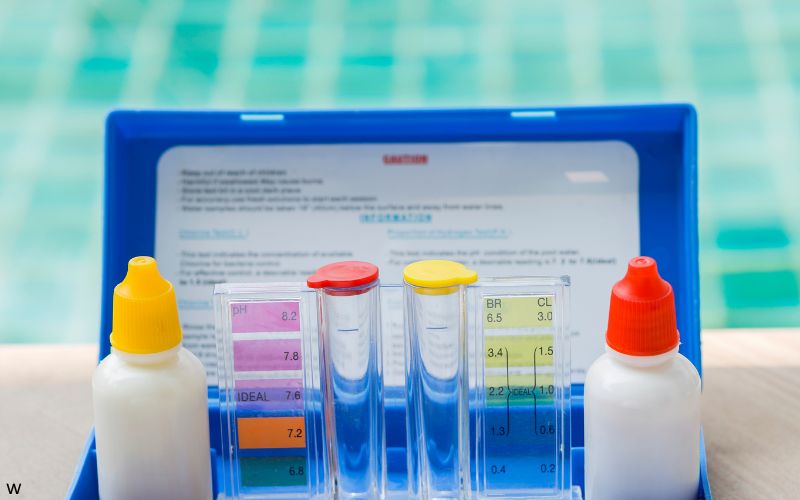
Test Your Water
Request free water quality testing by calling (801) 483-6900 or visiting slc.gov/utilities. While Salt Lake City’s water meets all standards, testing is especially important for homes built before 1986 due to potential lead concerns.
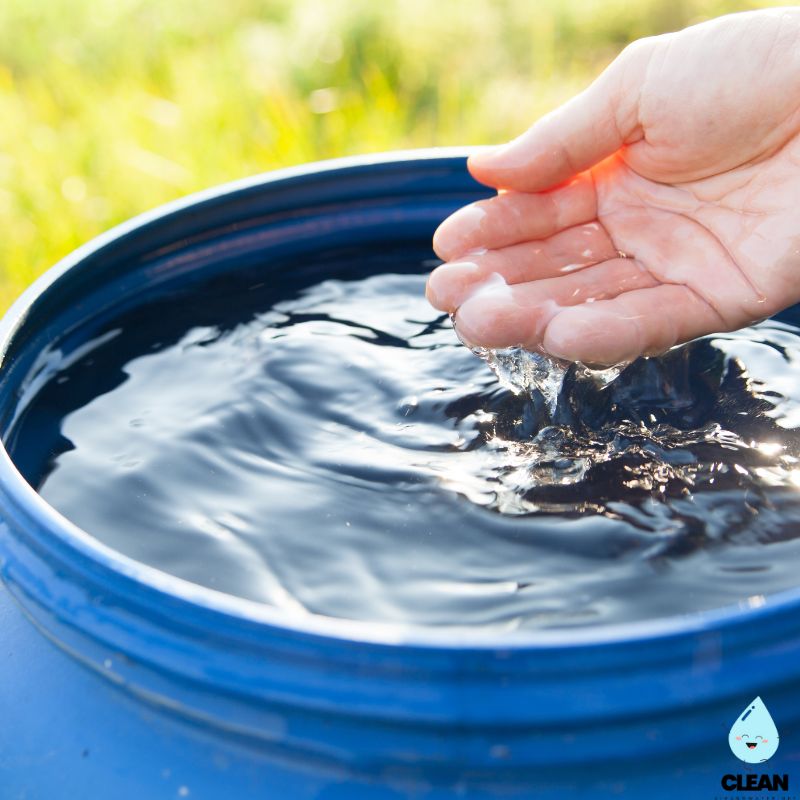
Utilize Rebate Programs
Apply for water conservation rebates through the Water Conservation Program for high-efficiency toilets, smart irrigation controllers, and water-wise landscaping. Visit slc.gov/utilities/conservation for application details.
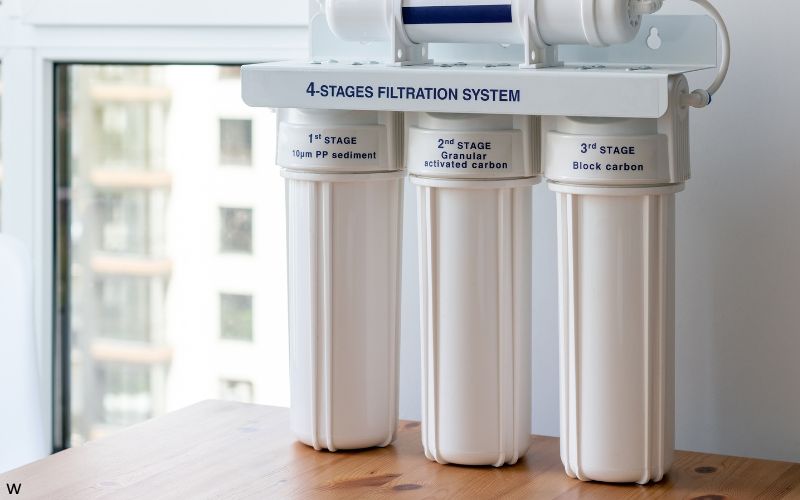
Consider Filtration
While not required, NSF-certified filters can provide additional protection against contaminants that exceed EWG guidelines. Reverse osmosis systems can address PFAS, arsenic, and other contaminants of concern for those with health sensitivities.

Conserve Water
Living in a desert climate, conservation is essential. Use water-efficient fixtures, adjust sprinkler schedules seasonally, water before 10 AM or after 6 PM, and consider xeriscaping for significant outdoor water savings.

Report Issues
Contact (801) 483-6900 immediately for water main breaks, pressure problems, or quality concerns. For emergencies after hours, call the 24-hour emergency hotline at (801) 483-6700.
Quality News About Your Water
Get the comprehensive water quality news coverage you need with our dedicated US Water News Service. From coast to coast, we deliver in-depth reporting and expert analysis on PFAS contamination, EPA regulatory changes, infrastructure developments, and emerging water safety issues affecting communities nationwide. While mainstream media only covers the biggest stories, we provide the detailed, ongoing coverage that helps you understand the full scope of America’s water challenges. Whether you’re a concerned citizen, water professional, or community leader, our daily updates and analytical insights keep you informed about the issues that matter most to public health and environmental safety.
Frequently Asked Questions
Is Salt Lake City’s tap water safe to drink?
Yes, Salt Lake City’s tap water meets or exceeds all federal and state drinking water standards. The city’s water primarily comes from protected mountain watersheds with excellent source water quality and undergoes comprehensive treatment including coagulation, flocculation, sedimentation, filtration, and chlorine disinfection.
Recent testing shows 90th percentile lead levels at 3.79 ppb before flushing and 1.00 ppb after flushing, well below EPA action levels of 15 ppb. However, PFAS “forever chemicals” have been detected in two groundwater wells at 7.1-7.8 ppt, leading to those wells being taken out of service. While overall quality meets standards, 14 contaminants exceed Environmental Working Group health guidelines. The city provides free water quality testing for residents with concerns about their specific household water quality.
Why does Salt Lake City have water restrictions?
Salt Lake City implements water conservation measures due to its arid climate and growing population:
Year-Round Conservation Guidelines:
• Outdoor watering restricted to between 8 PM and 10 AM to minimize evaporation
• Even/odd watering schedule based on address numbers
• No watering during precipitation or when unnecessary
Drought Response Levels:
• Stage 1: Voluntary conservation measures
• Stage 2: Mandatory schedule restrictions, limited to 2-3 days per week
• Stage 3: Severe drought measures, potential ban on outdoor watering
Current watering restrictions and conservation status are available at slc.gov/utilities/conservation.
What is Salt Lake City doing about PFAS contamination?
Salt Lake City detected PFAS “forever chemicals” at 7.1-7.8 parts per trillion in two groundwater wells during 2023 testing:
• Immediate Response: The 4th Avenue well was taken out of service when PFAS was detected; the 500 South well has been offline for years due to proximity to a Superfund site
• Source Investigation: The city is investigating contamination sources and working with EPA on remediation strategies
• System Protection: Over 90% of the water supply comes from uncontaminated surface water sources from mountain watersheds
• Future Compliance: The city is preparing for EPA’s new PFAS regulations with maximum contaminant levels of 4 ppt for PFOA and PFOS, effective 2027
Residents concerned about PFAS can use reverse osmosis filtration systems, which effectively remove these contaminants.
How is Salt Lake City preparing for future water needs?
Salt Lake City is implementing a comprehensive water sustainability strategy:
Supply Resilience:
• Diversification of water sources including partnerships with Metropolitan Water District and Jordan Valley Water Conservancy District
• Water rights acquisitions and long-term agreements to secure future supply
• Watershed protection and management to ensure source quality
Infrastructure Investment:
• $36.7 million FEMA grant for City Creek Water Treatment Plant upgrades
• $39 million loan for lead service line inventory and replacement program
• Advanced metering infrastructure and system monitoring improvements
Climate Adaptation:
• Infrastructure upgrades for increased temperature scenarios
• Water conservation programs to reduce per capita usage
• Partnerships with academic institutions to model future climate impacts
Contaminants of Concern
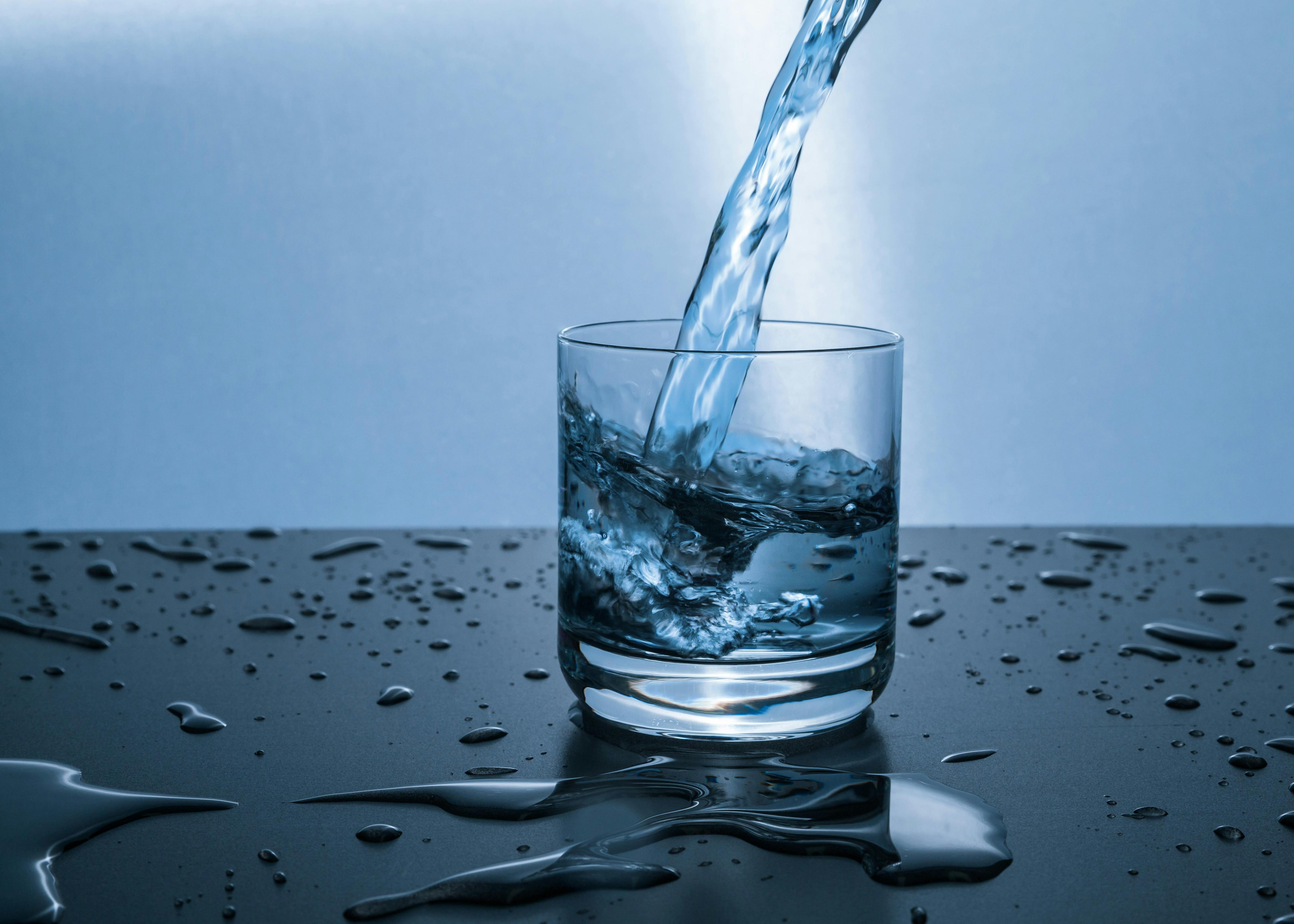
PFAS “Forever Chemicals”
Source: Industrial activities, firefighting foams, and consumer products; detected in two groundwater wells serving the system
Health Effects: Linked to cancer, liver damage, immune system effects, and developmental impacts; do not break down naturally in the environment
Current Levels: PFOS detected at 7.1-7.8 ppt in affected wells; contaminated wells taken out of service EPA Standards: New regulations set 4 ppt limit for PFOA and PFOS, effective 2027

Arsenic and Chromium-6
Source: Naturally occurring in groundwater from geological formations; arsenic and chromium-6 both present at levels exceeding EWG health guidelines
Health Effects: Arsenic is a known carcinogen; chromium-6 linked to stomach cancer and other health issues; both pose long-term health risks
Current Status: Arsenic levels 109x EWG guidelines; chromium-6 levels 22x EWG recommendations; both meet EPA standards but exceed stricter health guidelines
Please read – our information
The information presented on cleanairandwater.net is compiled from official water quality reports, trusted news sources, government websites, and public health resources. While we strive for accuracy and thoroughness in our presentations, we are not scientists, engineers, or qualified water quality professionals.
Our mission is to present water quality information in an accessible, real-world format that helps people understand what’s in their water and make informed decisions about their health and safety. We believe that complex environmental information should be available to everyone in a format that’s easy to understand.
We make every effort to ensure our content is current and accurate, but we cannot guarantee that all information is complete or error-free. This website should not replace official communications from your local water utility or health department. We always recommend consulting official sources for the most up-to-date information regarding your specific water system.
Clean Air and Water is not liable for any unintentional errors, omissions, or outdated information. The content on this site is provided for informational purposes only and should not be considered professional advice.


